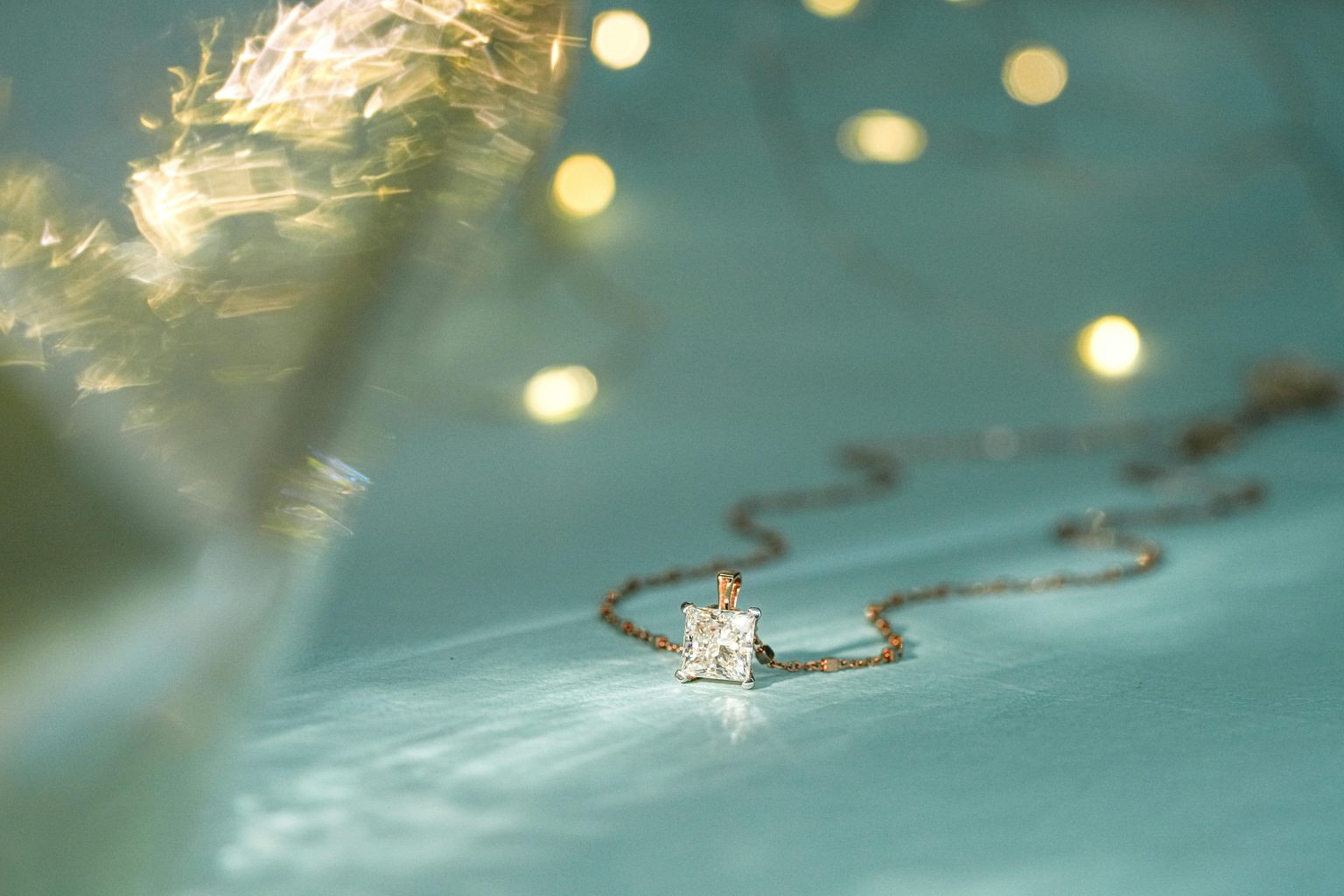Jewellery has always been linked to luxury, heritage and personal expression. In recent years, though, consumers have paid more attention to how their purchases impact the world around them. Something more than even a new tech company is driving industry changes and the rising demand for ethically sourced, sustainable and conflict-free jewellery. Now, jewellers focus on responsible sourcing, appropriate labour practices and environmentally friendly production methods. Lab grown diamonds are becoming an increasingly popular, sustainable and ethical alternative to traditionally mined stones. Ethical awareness grows, and brands increasingly examine how to deliver against consumer expectations through innovation without compromising on quality craft.
Sustainable Materials in Jewellery Design
Sustainability is a hallmark of contemporary jewellery design, and many brands have turned to recycled metals and responsibly sourced gemstones. Traditional mining can harm ecosystems, and many jewellers use recycled gold, silver, and platinum from old jewellery, electronics, and industrial sources. Recycled metals demand fewer new mining operations, which significantly reduces environmental damage. Ethical brands also prioritise traceability, and all of their pieces come from a source focusing on sustainability and labour standards.
Beyond metal, designers are calculating how to weave new materials like wood and plant-based resins into their collections. These, via the link, help create a unique artistic value while decreasing the need for mining, as most here are unique structures. Jewellery pieces that look stunning and have a sustainability story behind them are growing among consumers.
The Popularity of Conflict-Free Stones
Customers are more aware of the social and ecological problems in gemstone mining. Blood and conflict diamonds have ravaged certain parts of the world, leading to demand for bloodless alternatives. Many ethical jewellers now follow the Kimberley Process, a certification scheme to ensure conflict diamonds do not enter the trade. Some brands take this commitment further, sourcing only from mines with strict ethical practices or using only alternatives that do not require mining.
You may know that lab grown diamonds quickly become the go-to option for conflict-free jewellery. They are commercially identical in chemistry and physical properties to those mined, and much like mined diamonds, they are created in ideal conditions, which virtually removes the harmful effects typical of diamond mining. As technology improves, lab-grown diamonds provide a guilt-free alternative without sacrificing quality or brilliance, lowering the price of lab-grown diamonds and making them more accessible.
Transparency in the Jewellery Industry
Consumers are increasingly aware of the social and environmental issues surrounding gemstone mining. Conflict diamonds, or blood diamonds, have funded violence in certain parts of the globe, leading to a movement to conflict-free diamonds. Many ethical jewellers now abide by a certification system to keep conflict diamonds out of the market. However, some brands take this even further, acquiring diamonds only from mines with rigorous ethical standards or alternatives that don’t need mining.
With these factors considered, lab grown diamonds are the number one choice in conflict-free jewellery. These diamonds are chemically and physically identical to their natural counterparts; however, they are created in controlled settings free from the harmful effects of conventional diamond mining. Because lab-grown diamonds are more advanced as technology improves, they are becoming available and cost-effective for consumers, giving the benefit of a guilt-free jewel without trading off for quality or sparkle.
Innovations in Ethical Jewellery Production
This has brought a new way of looking at jewellery production, the latest technology, and more sustainable production methods. The latter, for instance, can offer accurate designs with less material waste through 3D printing. Moreover, some ethical brands also follow fair trade practices. The jewellery industry is taking meaningful steps toward a more ethical future through sustainable methods and labour practices.
One unique upcoming invention being made via this method is carbon capture technology that can recycle air from the atmosphere and mould it into diamonds. By transforming surplus carbon emissions into flawless diamonds, this ground-breaking method even further lowers the carbon footprint of jewellery fabrication. Ethical jewellery will become more sustainable and available to a broader demographic as these technologies develop.
Customisation and Ethical Luxury
Customising pieces without sacrificing values is one of the most attractive aspects of ethical jewellery. Several jewellers now fulfil bespoke requests using responsibly sourced material so that customers can create unique, meaningful designs. Customisation goes beyond aesthetics, though it’s about verifying that every component of a jewellery piece has been sourced ethically. Ethical luxury is no longer a trend within the industry but one of the decisive changes.
Sustainability and personalisation are leading engagement ring trends as ethical luxury takes over. Rather than traditional mined diamonds, many couples are choosing lab-grown diamonds or alternative gemstones, like sapphires, moissanite, or emeralds, which have less of an environmental impact. Ethical engagement rings are not only a symbol of love and commitment but also a declaration of commitment to sustainability and responsible consumerism.
The Future of Ethical Jewellery
Ethical jewellery production will not be an exception. It will become the norm as consumers become more aware. As consumers become increasingly aware of what it means to be moral, the brands that will survive will offer sustainability, transparency, and conflict-free sourcing. The jewellery industry is introducing amazing innovations in ethical production and raising the bar with growing consumer demand for more sustainable and socially responsible sourcing.
Retailers and designers who adopt these trends through conscious materials, responsible sourcing, and modern production methods will shape the future of jewellery. With many consumers opting for the right thing, ethically made jewellery will become increasingly in demand, rendering sustainability a key pillar of modern-day jewellery.



